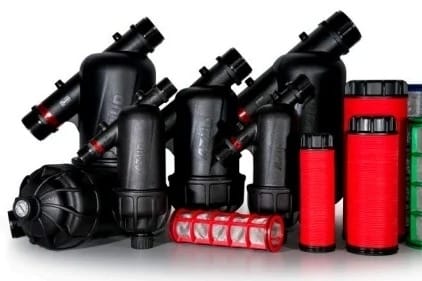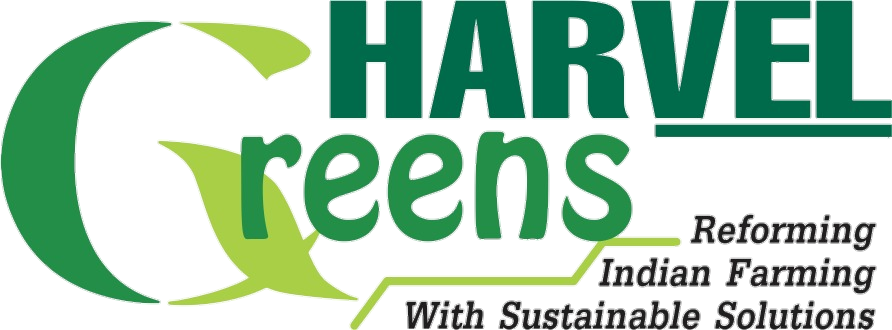
If you are having a doubt to choose between Automatic filtration and Manual Filtration, In this article you would be able to make the right choice by knowing the difference between both the systems.
Let’s talk about the self-cleaning process of these systems-
Automatic- The self-cleaning process in Automatic filtration does not requires and operating personnel, which reduces the time and physical efforts of the person. The European technology used in Azud filtration system help to run these system in a long way, while giving the maximum satisfactory results.
Manuals- Continuous inspection work is required to know the state of the filter medium. Without precise control of the time and frequency of intervention required or of the pressure differential values at which each cleaning is carried out. Cleaning work totally dependent on the availability of the operating personnel.
Effectiveness: Cleaning the filter medium-
Automatic: Automatic filters require, for a totally effective cleaning, that the installation have an operating pressure value equal to or greater than a minimum required value. This information must be provided by the manufacturers so that it can be used during the design phase, since this value is specific for each selected filter model.
Manuals: The effectiveness of cleaning the filter medium is conditioned by the qualification and availability of time and means of the operating personnel, with no guarantees that this will be carried out effectively.
Frequency: Filter element cleaning-
Automatic: The frequency of cleaning is directly conditioned by the quality of the available water, by the characteristics of the chosen filter medium and by the selected sizing criterion that determines the unit flow assigned per unit of filter surface.
Manuals: The frequency of cleaning is determined by the same exposure and design conditions as in the automatic filters and, in addition, by the effectiveness achieved in each of the cleaning carried out by the operating personnel. A lack of effectiveness in manual cleaning of the filter element reduces its filtering capacity and therefore generates a higher frequency of intervention.
Differential pressure-
Differential pressure measurement is the difference in pressure between two points in a system. For filtration applications, the upstream side [A] is positioned before the filter [B], whereas the downstream side [C] is after the filter. A differential pressure sensor can be used to monitor the cleanliness of a filter in either liquid or gas applications.
Automatic: The pressure differential values that are reached during the filtration phase, foreseen in the design phase, are always within a range with known maximum values, usually [0.1-0.5] bar. The minimum value is determined by the differential value for the circulating flow with the filters completely clean. The maximum threshold is determined by the value set for activating the self-cleaning process. Under these operating conditions, we can affirm that:
The hydraulic interaction, generated between the supply source of the hydraulic requirements and the filtration equipment, does not compromise the nominal operating conditions of each of the irrigation sectors that make up the field installation.
The values of uniformity of application of the irrigation water determined in the design phase remain stable over time, thanks to the narrow width of the maximum differential interval that can be reached.
The energy consumption associated with the filtration process is very low, directly related to the moderate values of the mean and absolute pressure differentials.
Manual: The pressure differential values that are reached during the filtration phase are within an interval with its two extremes conditioned, among other factors, by the effectiveness with which the manual cleaning of the filter element is carried out and the value maximum pressure that can be reached in the system, specific to the pumping equipment and inspection frequency. Under these operating conditions, we can affirm that:
The supply of the hydraulic requirements demanded by the field installation are directly conditioned by the pressure differential values existing at each moment. High pressure differential values cause an increase in the pressure values upstream of the filter and a reduction in the supply pressure values to the field installation, and therefore the flow rate of the filtered water supply.
The temporal uniformity of application of the irrigation water is compromised and is dependent on carrying out the cleaning tasks of the filter medium at the precise moment.
The energy consumption associated with the filtration process is variable in time and can be very high, directly related to the temporal variations and amplitude of the values of the mean and absolute pressure differentials.
Reaching high pressure differentials can damage certain types of filter media. On the other hand, manual cleaning of the filter medium can also damage it if not done properly.
Given this reality, manufacturers and designers must assume the responsibility of transmitting to owners and users of irrigation systems, not only the advantages of automatic filters compared to the alternative of manuals, from the point of view of application engineering, but also, from the agronomic, economic and ecological point of view.
